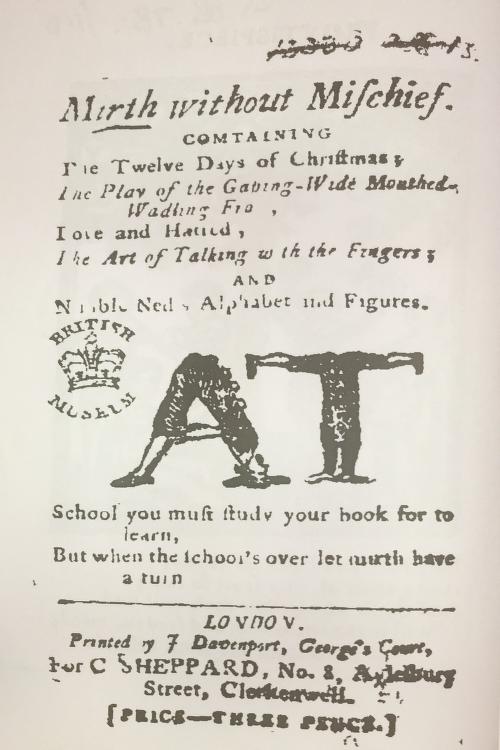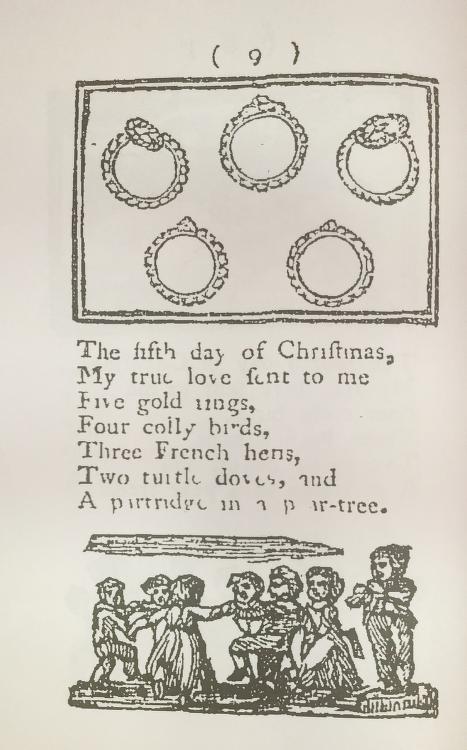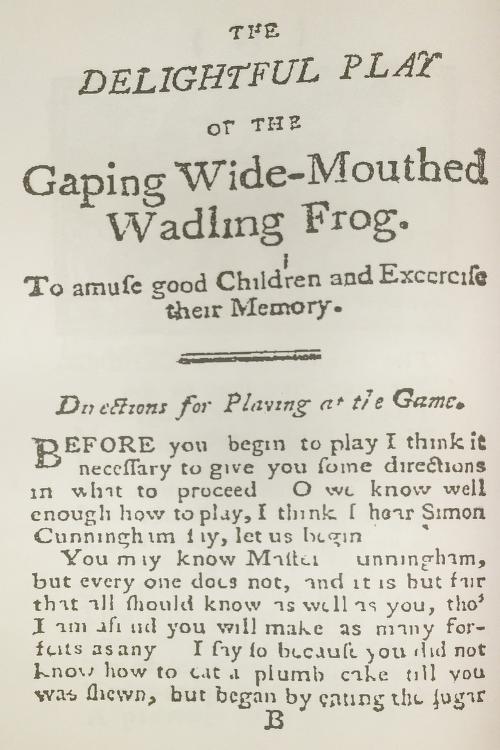In a world of immediate gratification, we are apt to forget that the 12 days of Christmas begin and do not end with the birth of Christ. Rather, they run from the birth through to 5 January, the eve of the Epiphany aka Twelfth Night.
The fifth day, 29 December, has a solemnity for Anglicans and Catholics alike as it is the day in 1170 that Thomas a Becket was murdered in Canterbury Cathedral.
Murder to one side, the days have long been regarded as a time for feasting. The first reference we have to the days as a group is from a resolution by the second synod of Tours in 567. This was a “tidy up the clergy” synod memorable mainly for its reaffirmation of clerical chastity, with a side note to the monks to regularise their fasting:
In September, October, and November, again, the fasts must be three times a week, as before; but in December, until Christmas, daily. From Christmas to Epiphany there shall be daily prandium [lunch], because every day is a festival.
The fifth day is the five rings of the song. It has been said that the song was an underground mnemonic to help English Catholics remember their creed, the five rings being the first five books of the Bible, the Pentateuch. It has also been said that the original “ring” – consistent with the surrounding references to other birds – was to the golden ringed pheasant.
The following three illustrations are from the instructive and therefore uninspiringly named Mirth Without Mischief, published around 1800. The illustrations indicate but do not prove that the song was to help children build their memories and that the rings were of the human variety:


